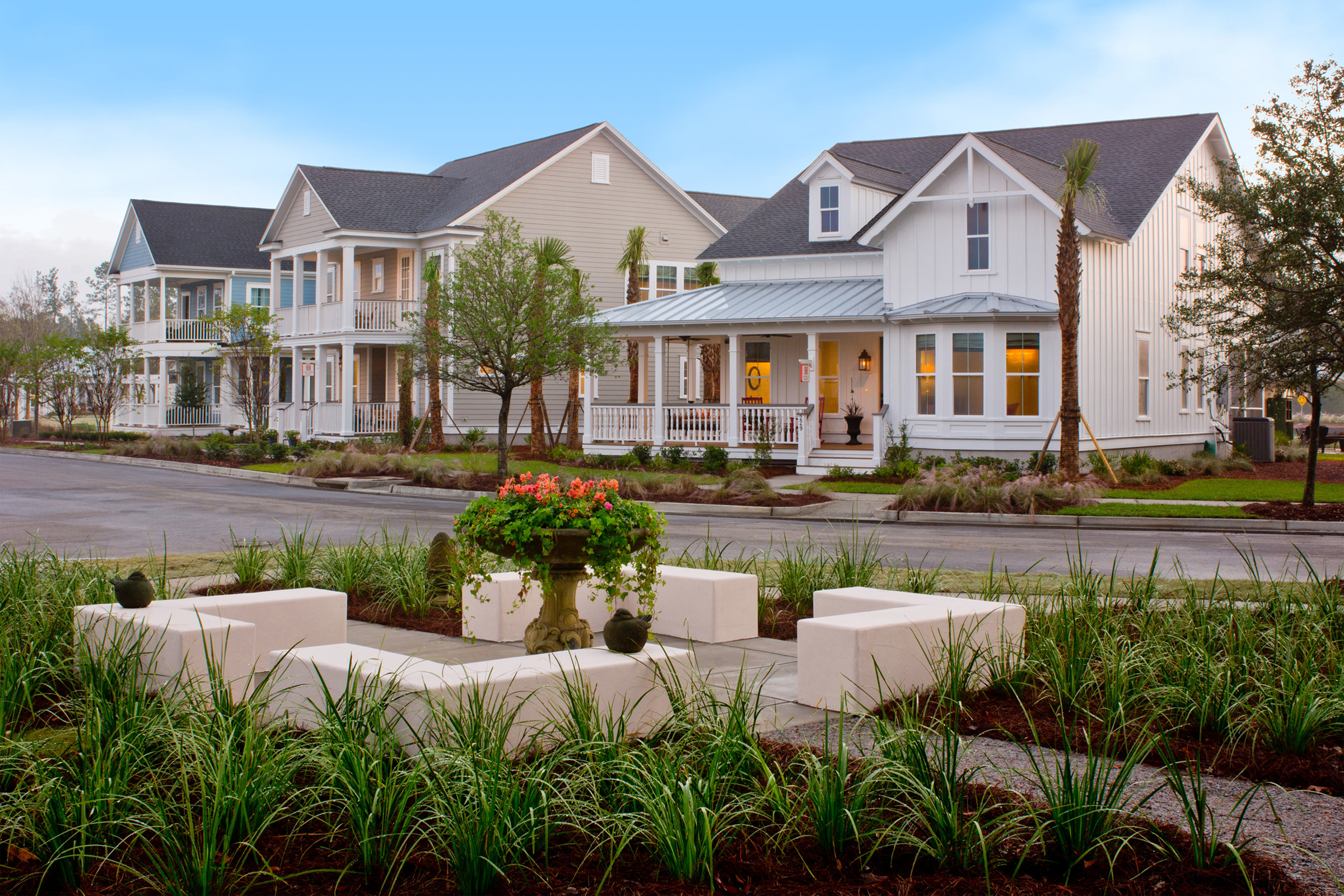August 04, 2025
The Wellness Movement for Housing is Here (Are You Ready?)
What if our houses and the communities in which we live could make our lives healthier? Since the pandemic, there has been increased focus on wellness. Just recently, I received a copy of the Global Wellness Institutes Initiative Micro Trends which covered 30 different global wellness topics.
Woven throughout the report are gems that can be applied to both our houses and communities. Some of these concepts are not new, but evaluated through the lens of wellness. Through this lens, these features not only take on new meaning but also an increased focus on getting the details right.
Wellness in your neighborhood
Walkability
A powerful wellness feature in your community may include a focus on walkability. Getting your steps in is growing as a healthy and effective form of exercise and weight loss. Additionally, walking outside is more social than walking on a tread mill, while providing people with fresh air and sunshine.
But let’s face it, no one wants to walk a bare sidewalk or one littered with parked cars blocking the path.
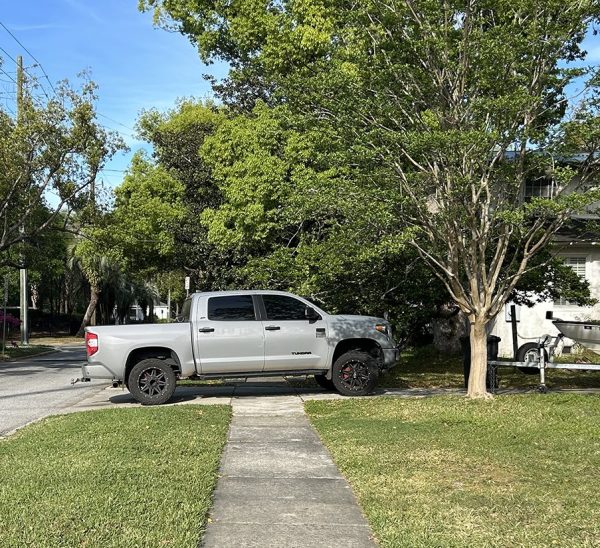
Consider walking paths woven throughout the community.
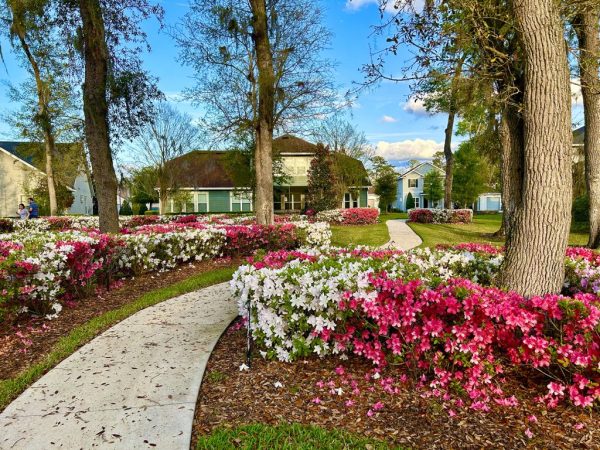
Additionally, pedestrian-friendly sidewalks should flanked by shade-providing street trees, which also offer an enhanced degree of safety for pedestrians when placed between the road and sidewalk.
Street trees have been shown to subconsciously slow cars down as drivers sense the changes in light and shadow and a more enclosed space. Furthermore, the trees offer a physical and psychological barrier between cars and people. Lastly, trees “green” corridors help clean the and cool the air.
Further enhancements to walkability should include a diverse and inviting streetscape of houses. Making the houses more porch-dominant and less garage-dominant enhances neighborhood charm.
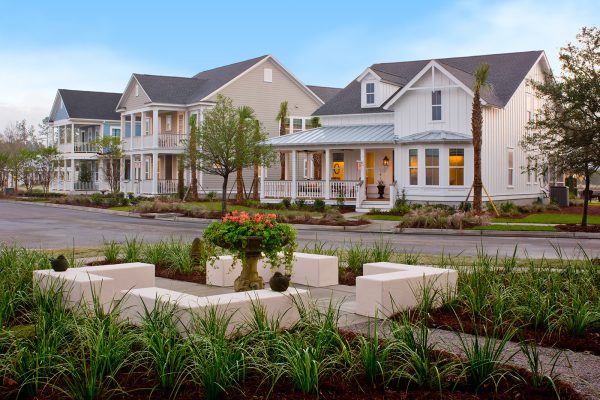
When porches are within conversational distance from the sidewalk, the social and community connections are enhanced, ultimately leading to a more pleasant place to live.
Wellness in your homes
Indoor outdoor spaces
The integration of indoor and outdoor spaces has been an ever-growing trend in home design. Buyers are inherently drawn to the spaces. And why not? Such designs allow for a deeper connection to nature and, in the case of front porches, to the community.
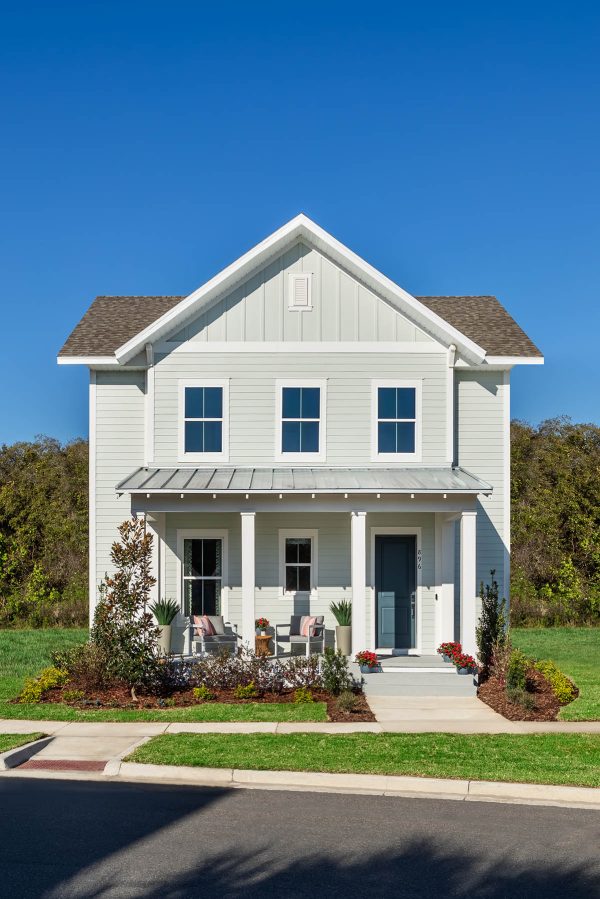
Many homebuyers are attuned to the benefits of biophilia (the innate human tendency to seek connections with nature and other living things) such as reducing stress and hypertension. It also includes our attraction to patterns and prints that come from nature.
Improved Sleep
The hotel industry has discovered the importance of improving sleep and has discovered travelers are willing to pay more for sleep-enhancing features. “Poor sleep costs the US over $400 billion annually in lost productivity, doubles cancer risk, & accelerates Alzheimer’s disease.” -Peter Diamandis. Sleep issues include insomnia, sleep apnea, and snoring. According to The American Academia for Sleep Medicine 2024 survey, 35% of couple admitting sleeping in different spaces – whether because of differing schedule, snoring or just restlessness. The term often used is a “sleep divorce” – although sleep alliance is a gentler and more accurate term. In 55+ housing, we’ve been advocating discreet “snore and more” rooms for this reason.
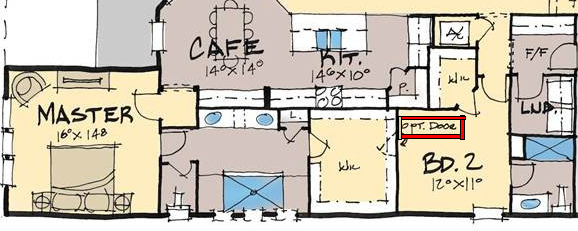
But sleep enhancements should go beyond just providing an extra room. Consider the role acoustics play in sleep – whether it is acoustical separation from noisy spaces within the home or masking sounds for noises outside the home. Light intrusion may be another contributor to poor sleep. Why not offer light blocking window treatments as part of a sleep enhancement package?
Circadian Lighting
Circadian lighting revolves around the idea that the color of lights in our home should mimic color of the sun throughout the day. It has been found to be very helpful to prepare our bodies for sleep. It can also be used to enhanced alertness during the day. Warmer light at the beginning and end of each day and cooler brighter light mid-day.
Hydrothermal (Ice baths)
The use of ice baths and the Wim Hof Method has been a recent wellness trend. Just when you thought the large soaking tub in the primary bath was going out of style, now it needs to include a way to cool the water. More recently, the trend is moving away from complete thermal shock to thermal cooling. Stay tuned for ways to incorporate this into our modern bathrooms.
Low VOC emissions
The focus should be on the products and finishes inside our home that don’t emit toxic gases – especially since our houses have become so airtight in the name of energy efficiency. Everything from the paint, carpet, and glues in our cabinetry and furniture. Using low VOC finishes and allowing products to outgas before people move in is key. It sounds obvious, but don’t forget to prohibit smoking inside homes during all phases of construction.
Clean Air & Water
Last, but not least, there should be a heightened focus on clean air and water in our homes. Marketing clean air and water will be key for buyers willing to pay extra for higher quality air and water.
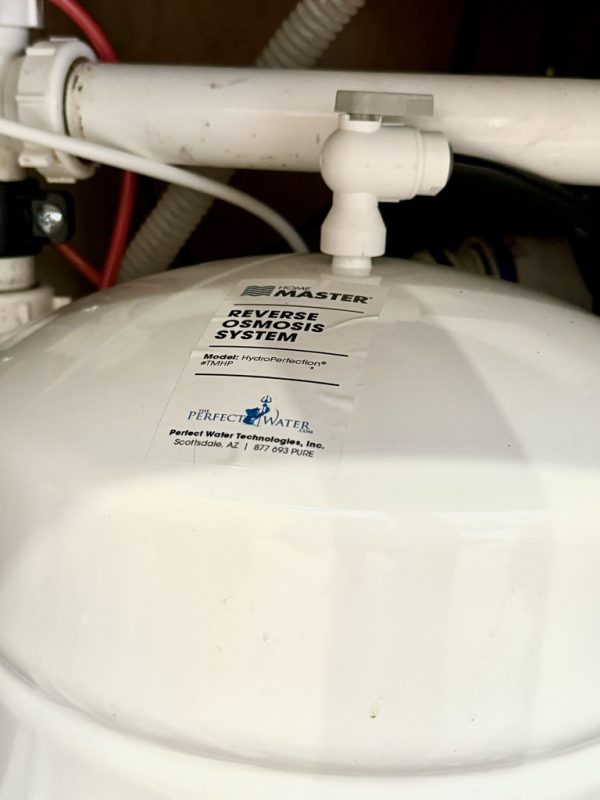
This includes advance air filtration, dust and humidity control along with actual placement of equipment for optimal performance.
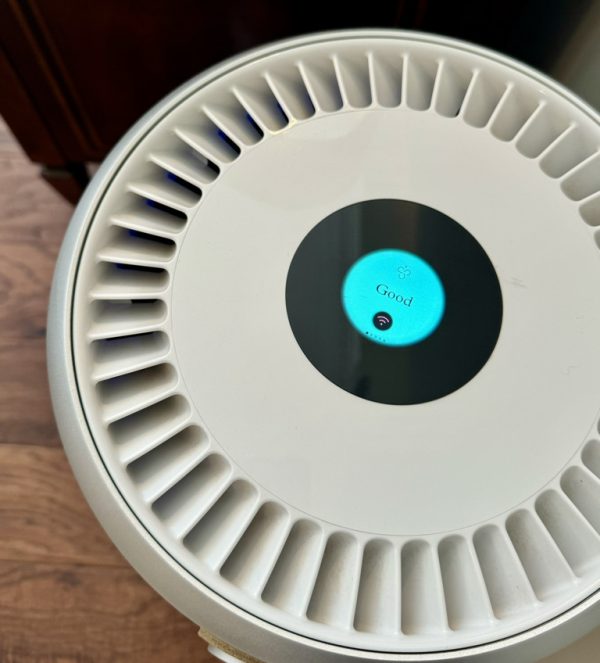
Putting it all together
There are so many wellnesses features available today – many of which we take for granted. Do you go above and beyond to increase wellness in the home? Moreover, are your buyers actively aware of your efforts when they visit your website? Do you take the time to inform your buyers and education your sales and construction team on key features? This is a big movement and I believe it will only grow moving forward, so let’s get ahead of the curve in house and community wellness! I realize I am just scratching the surface of the wellness initiatives, and I’d love to hear measures you have taken in your homes and communities.
Categorized in: Uncategorized
This post was written by Housing Design Matters

